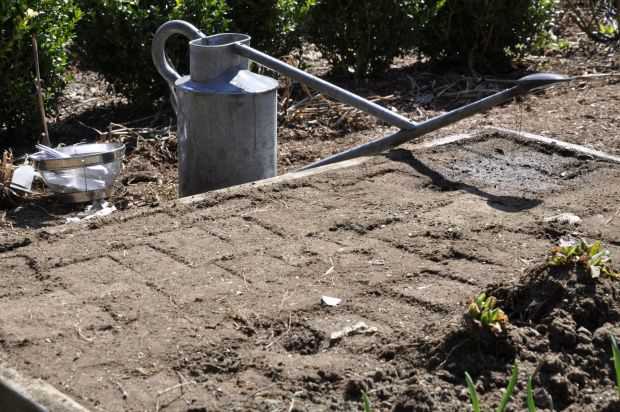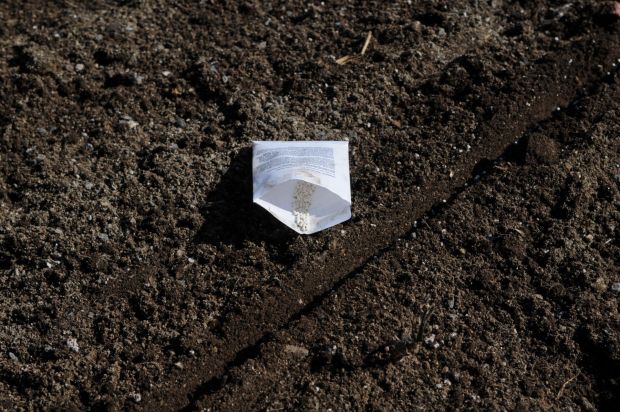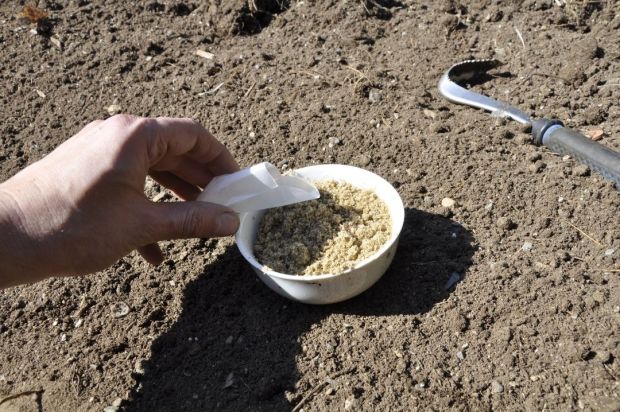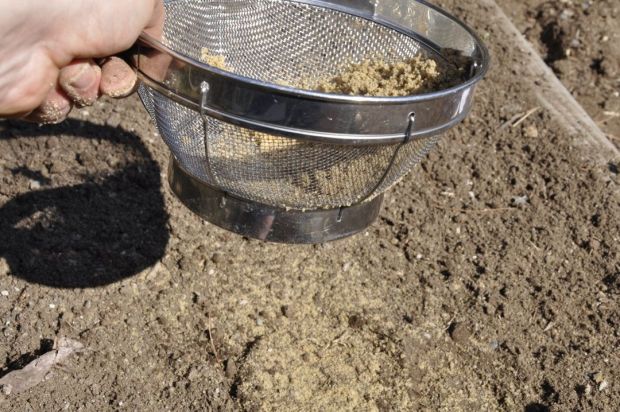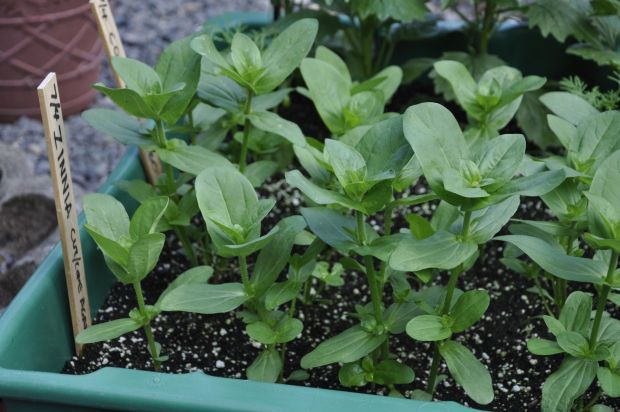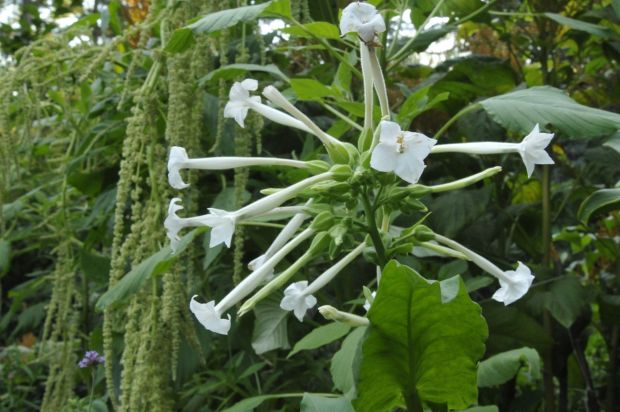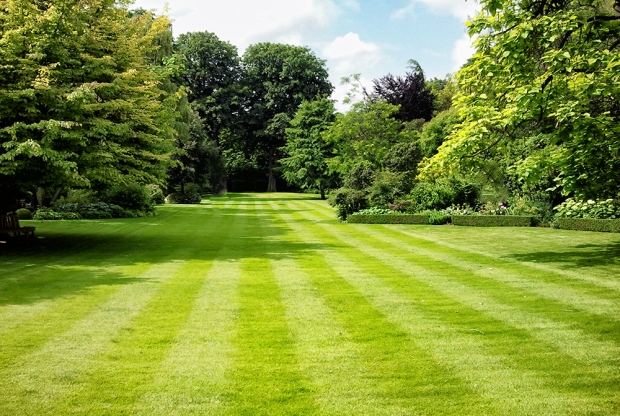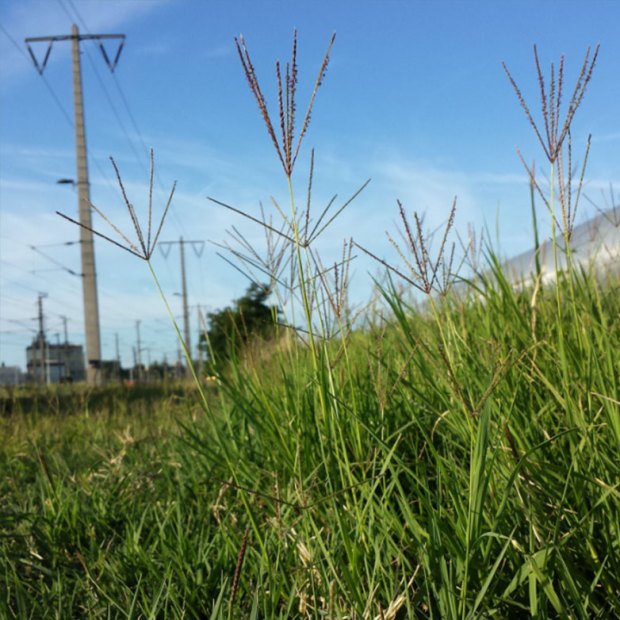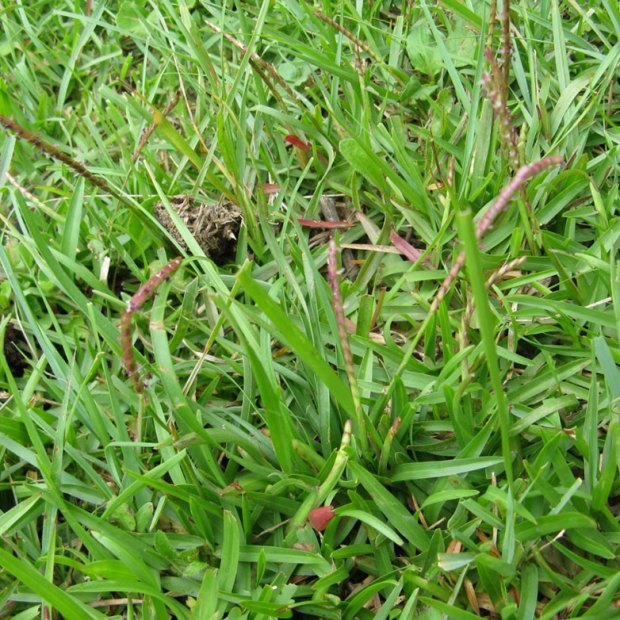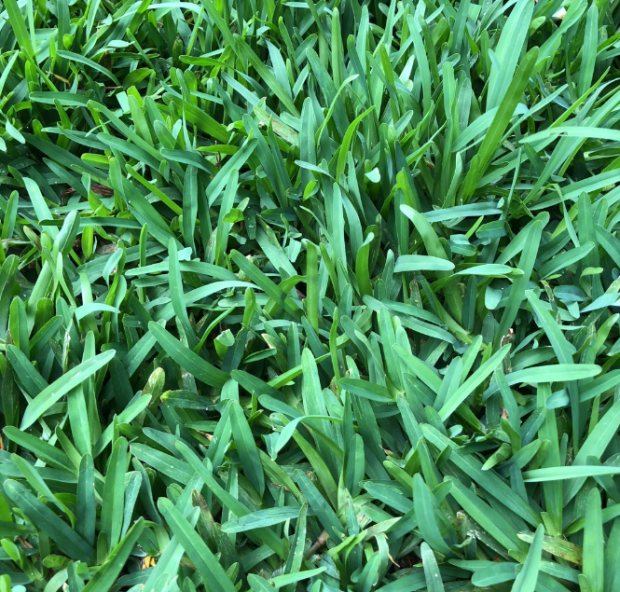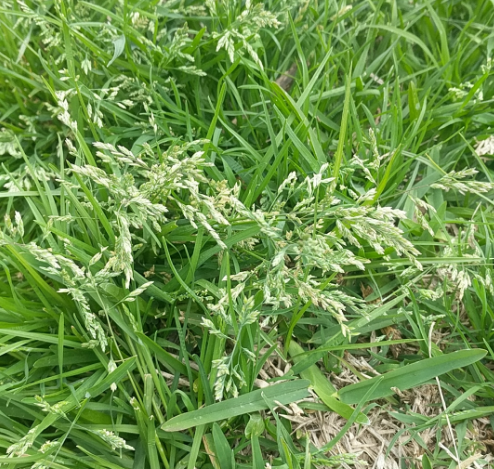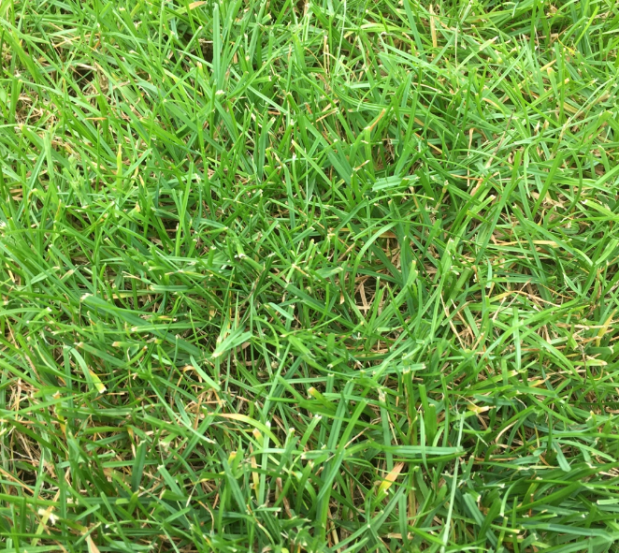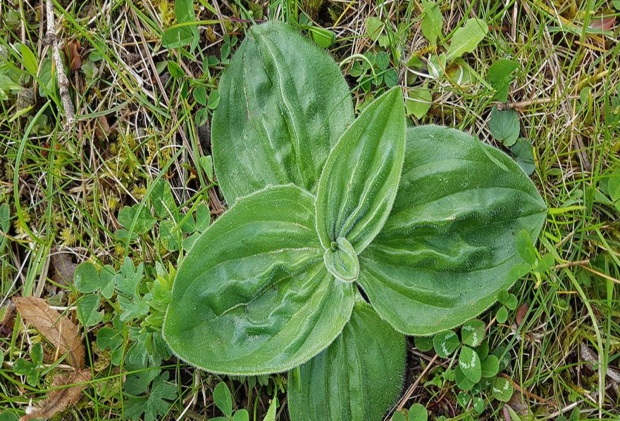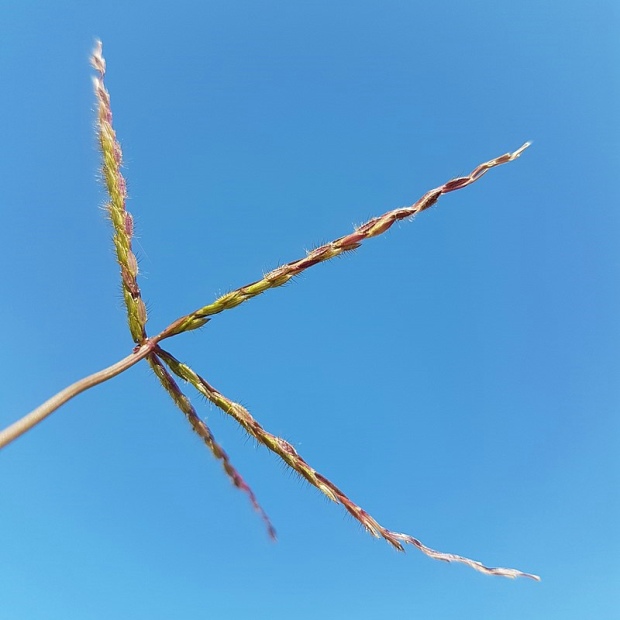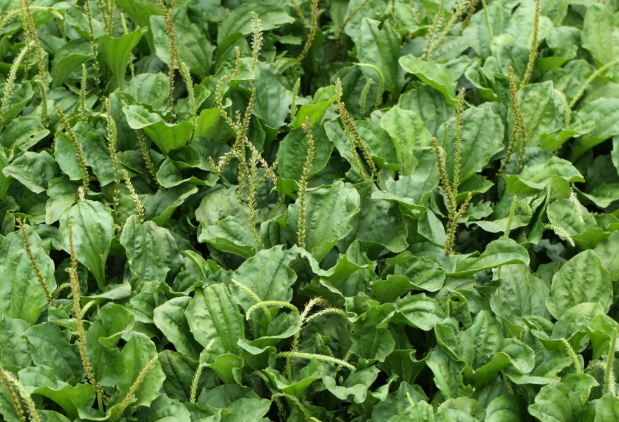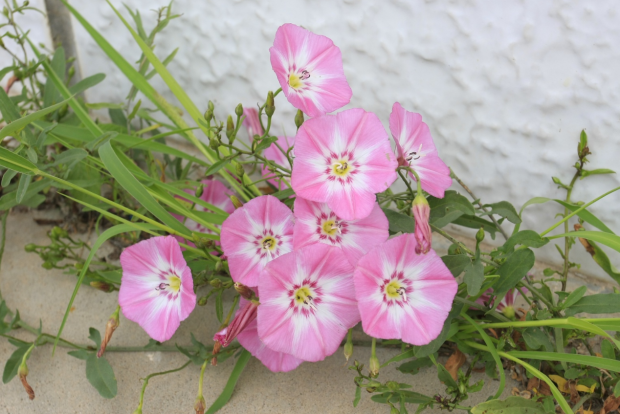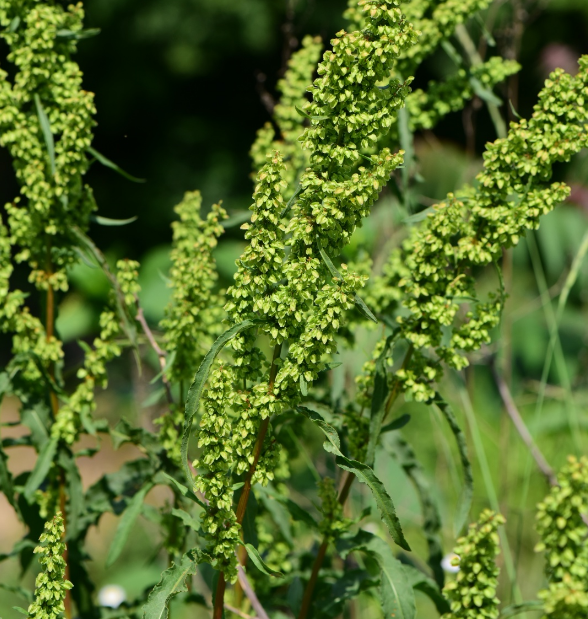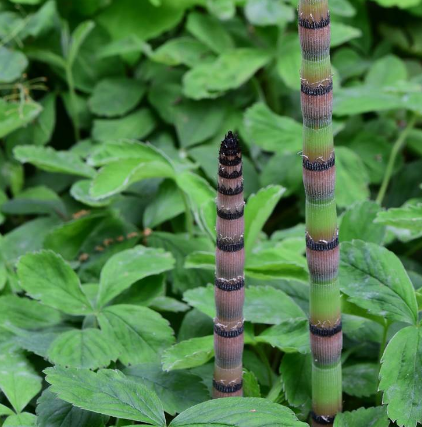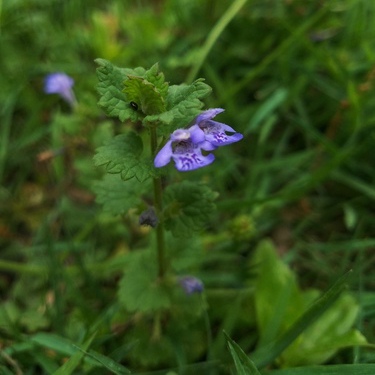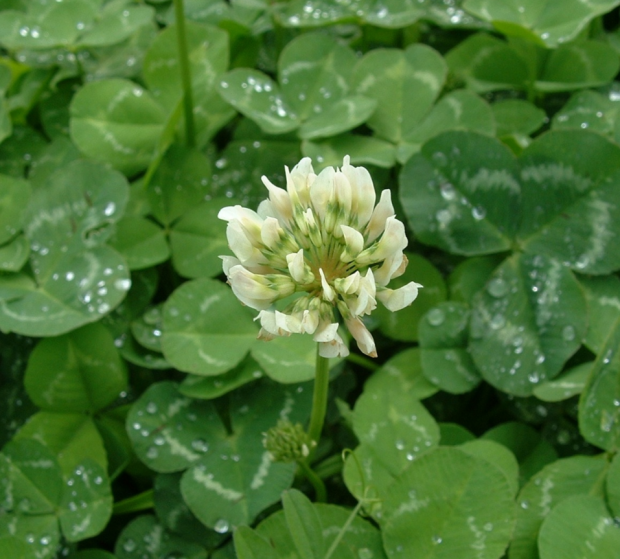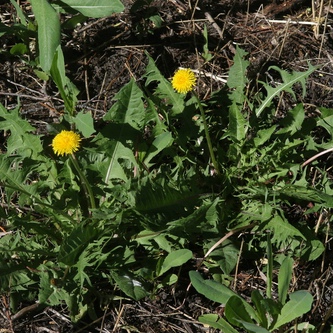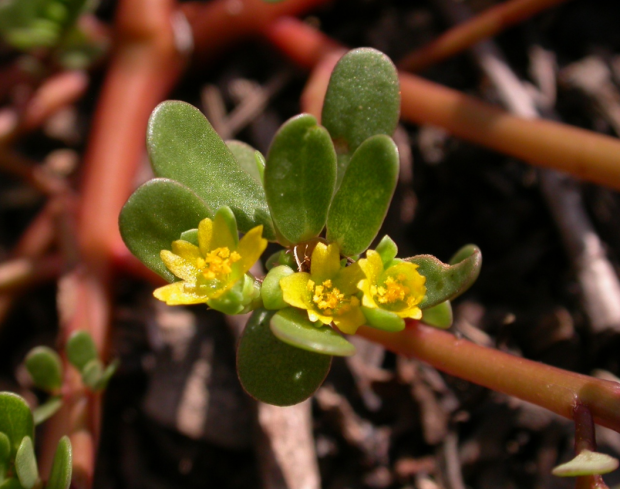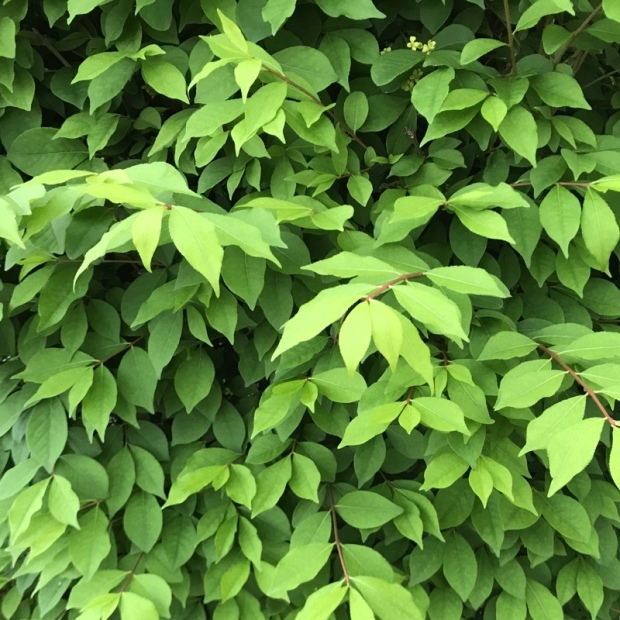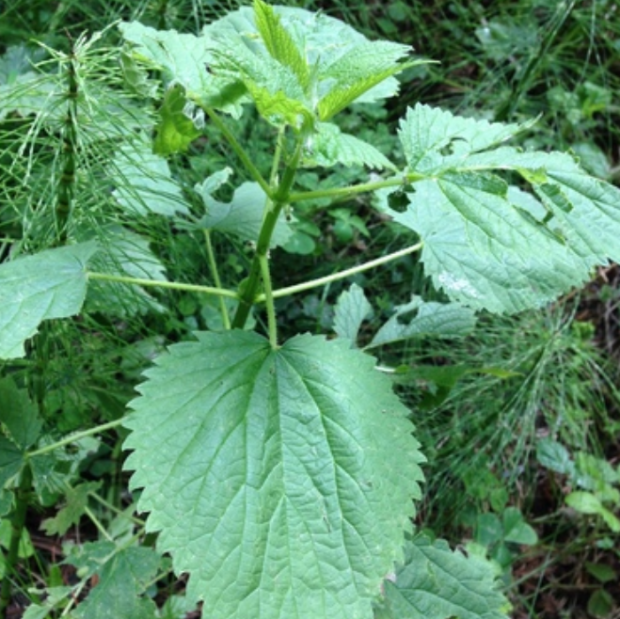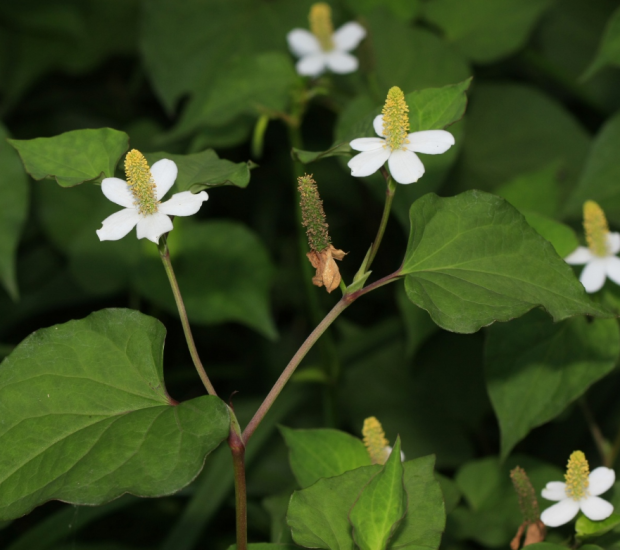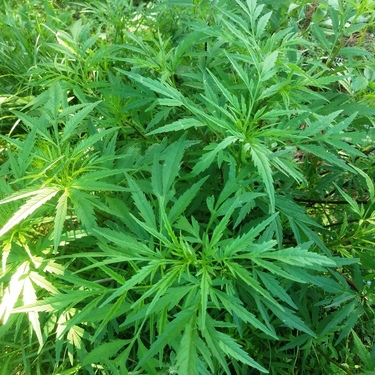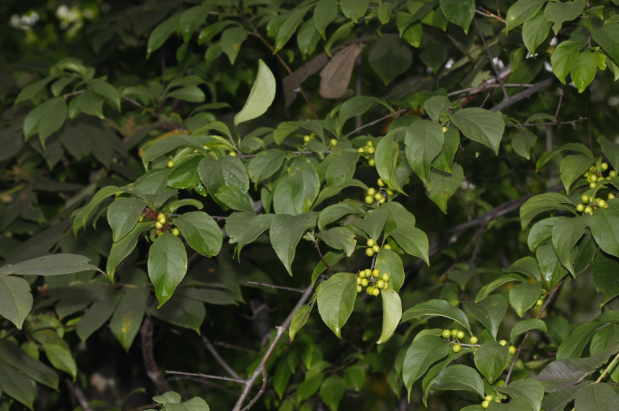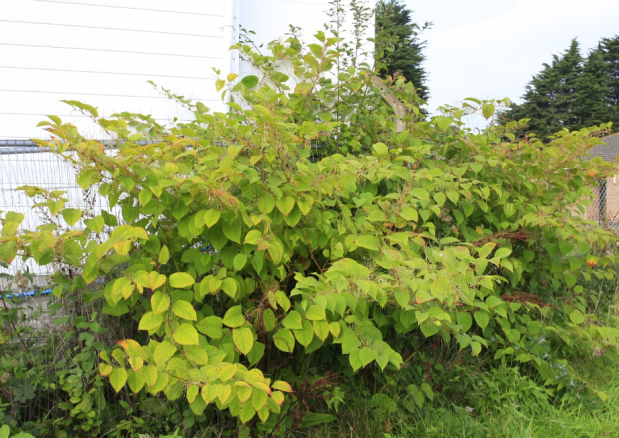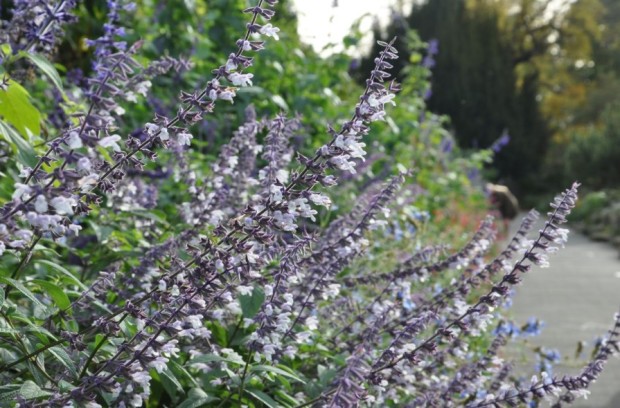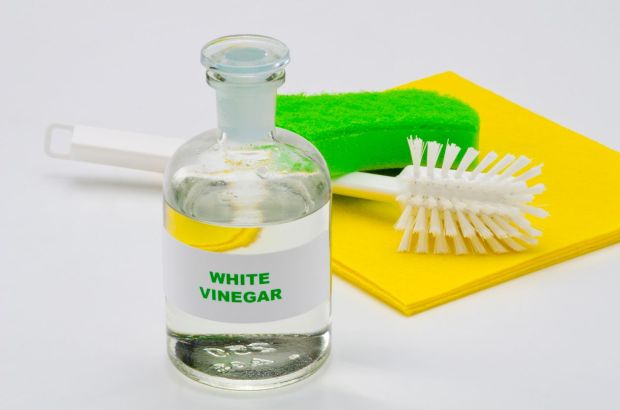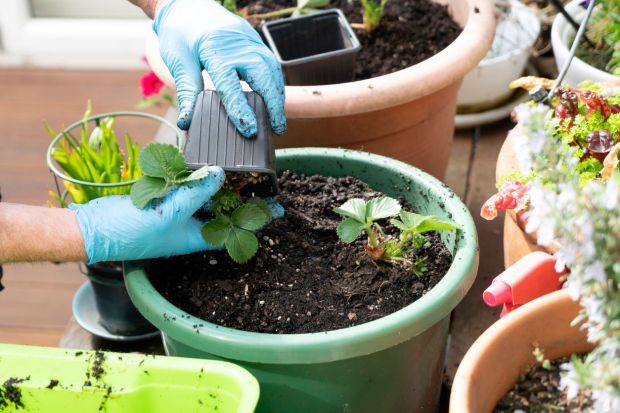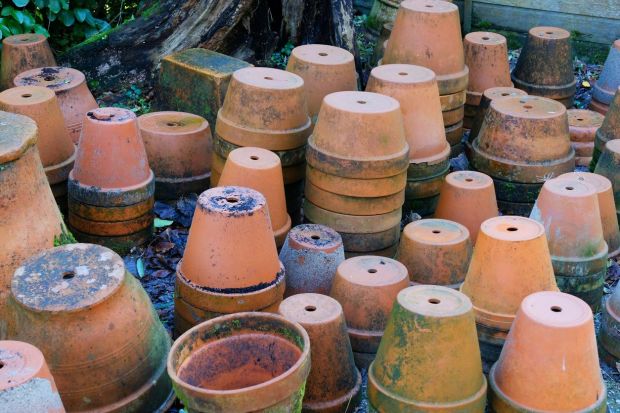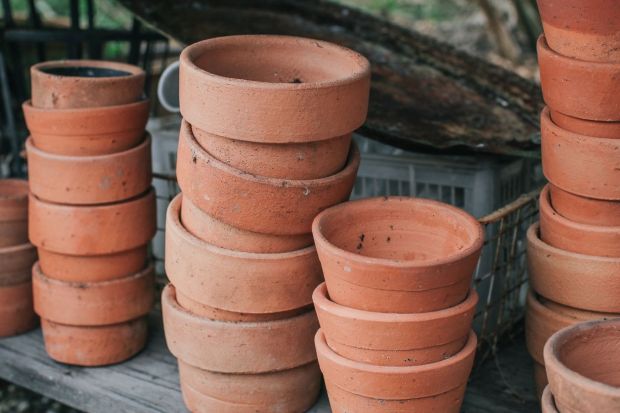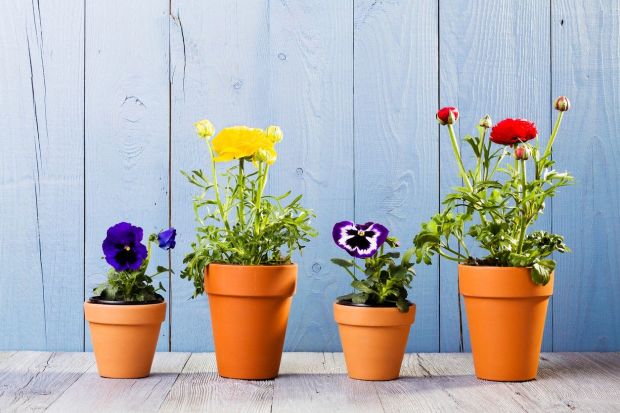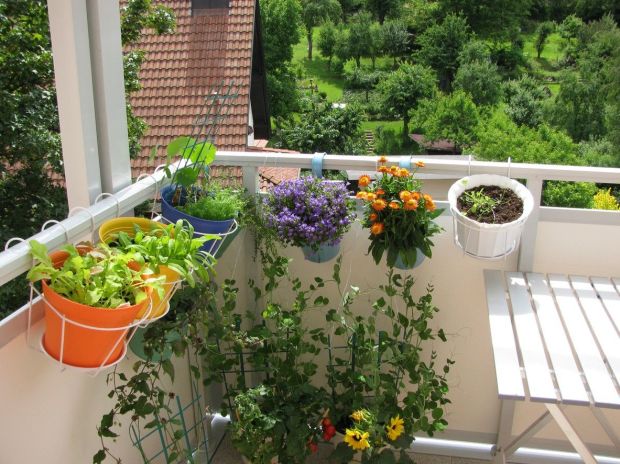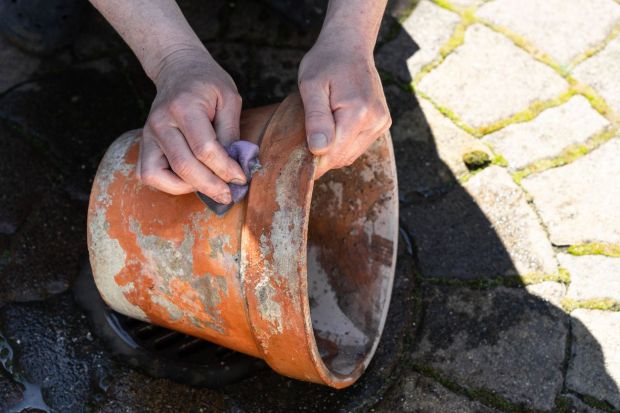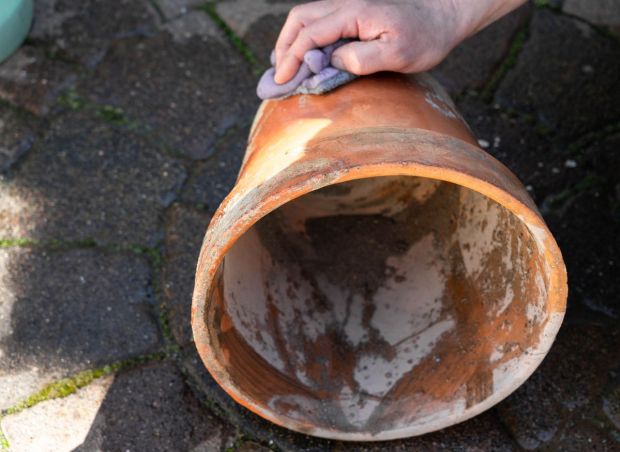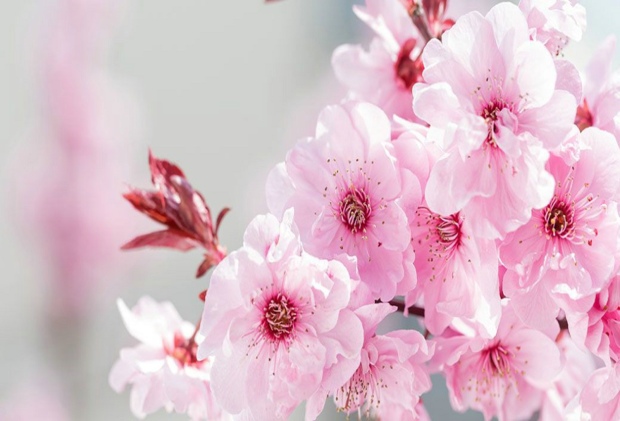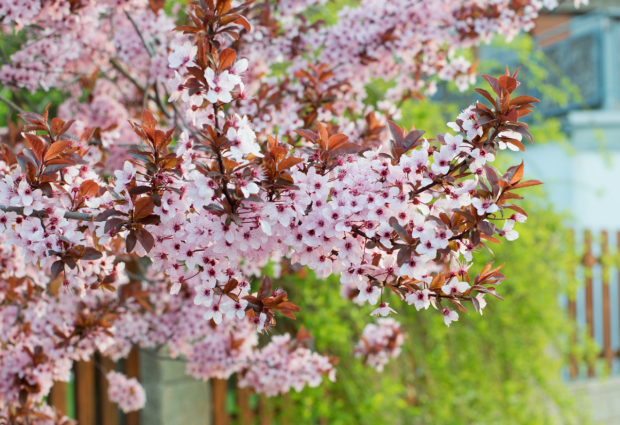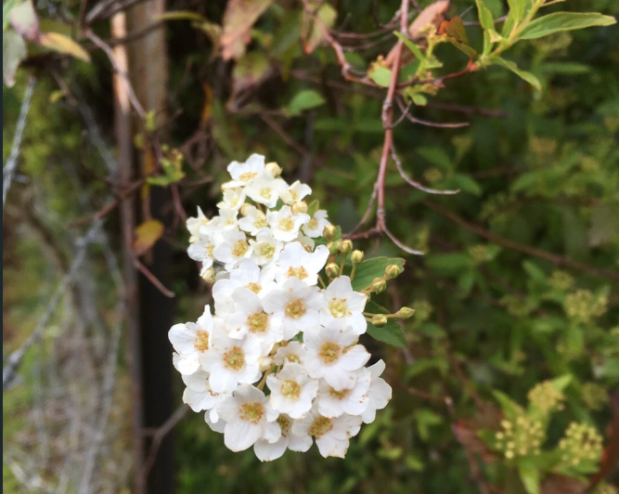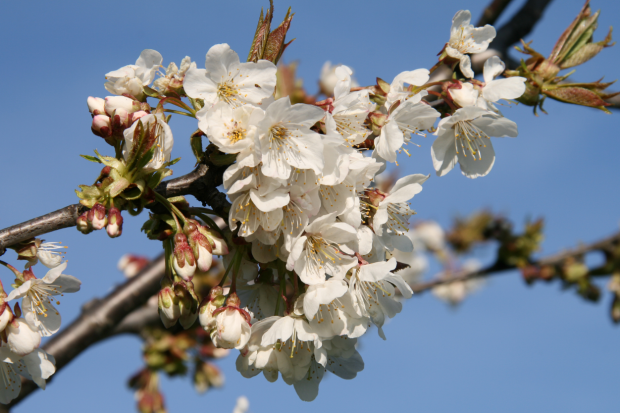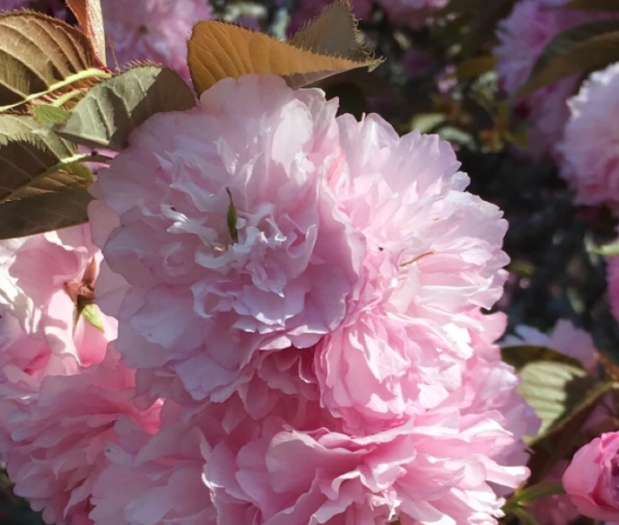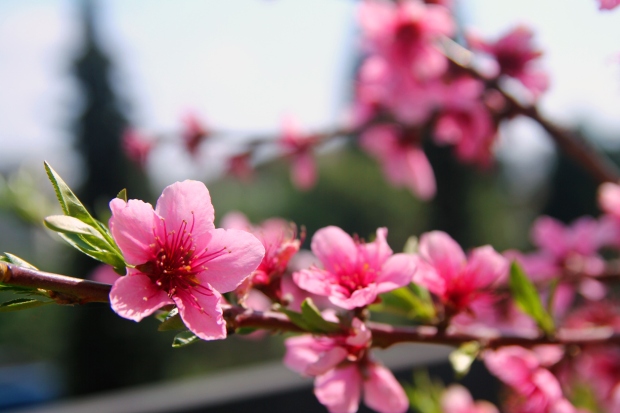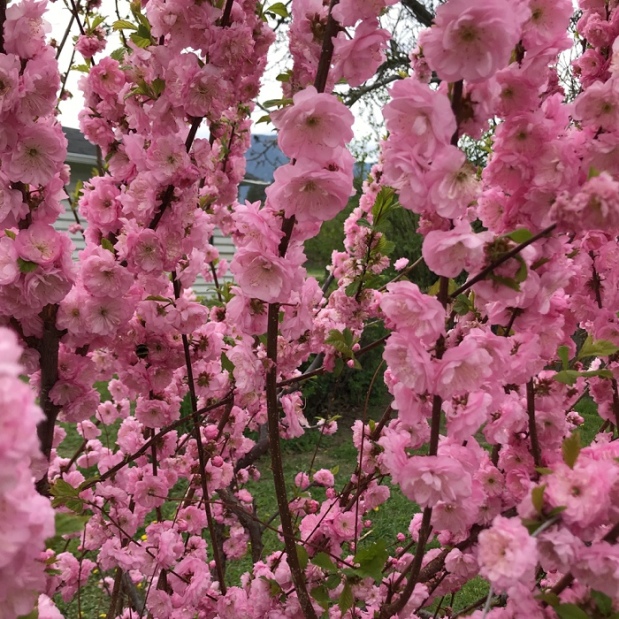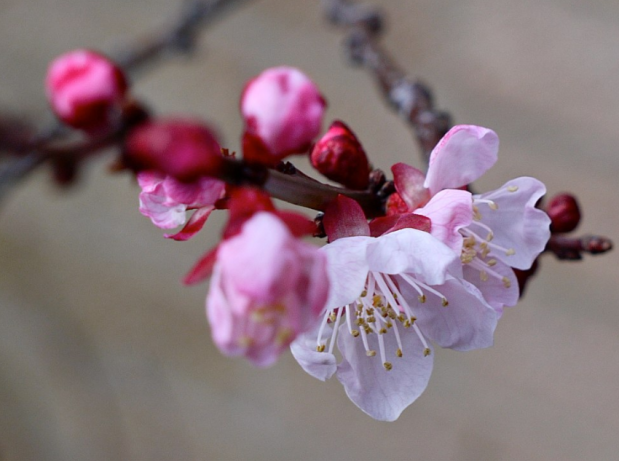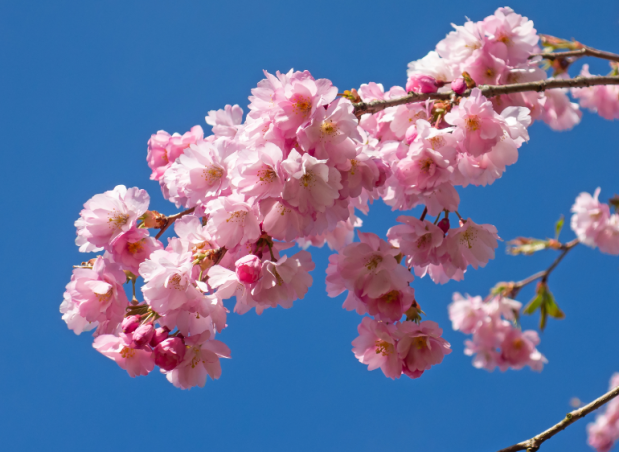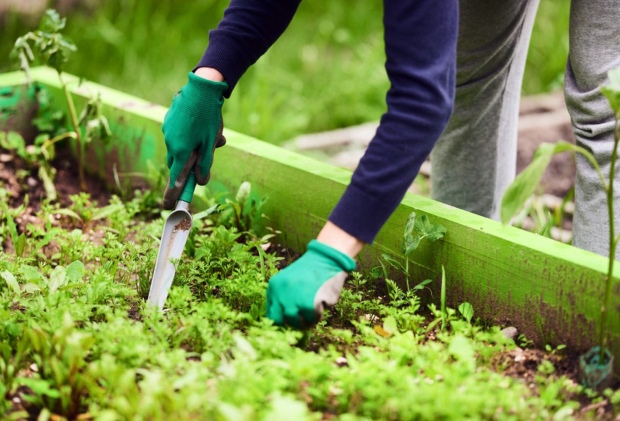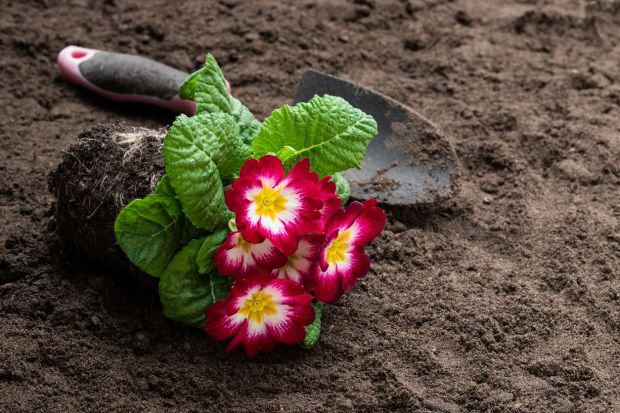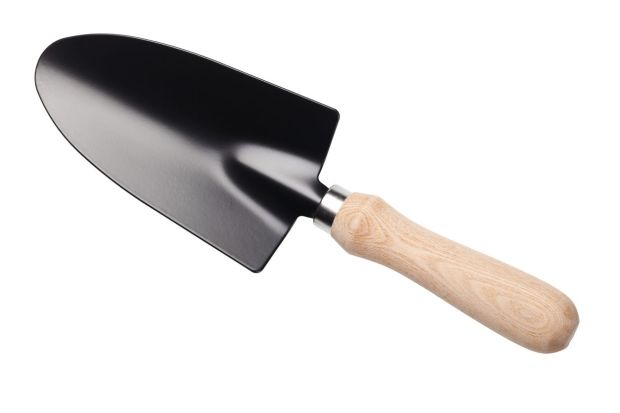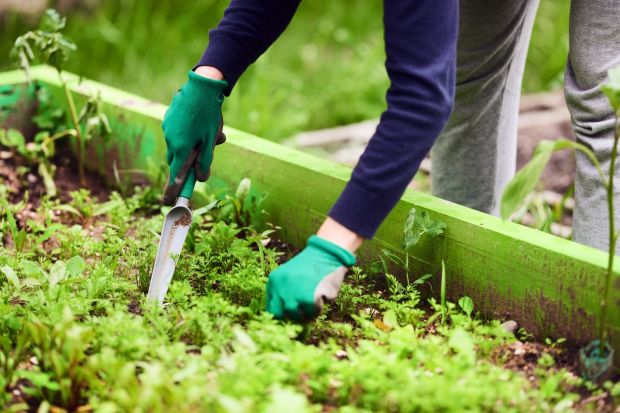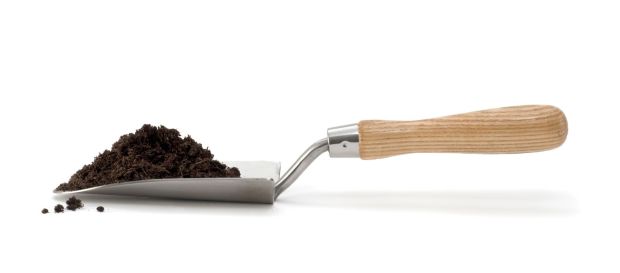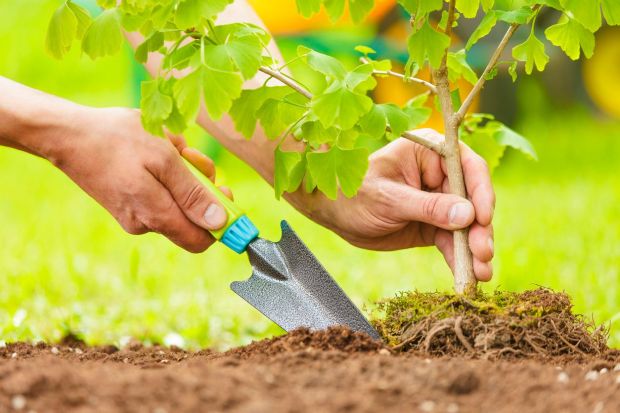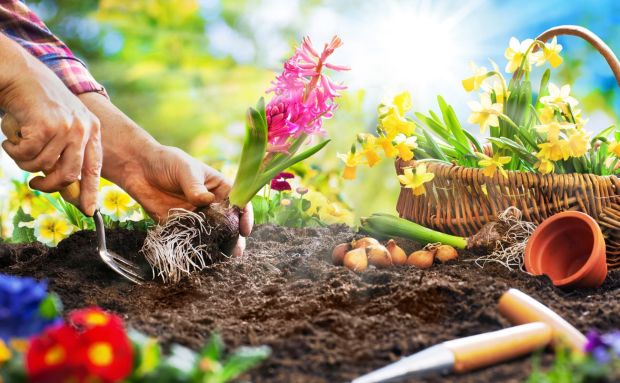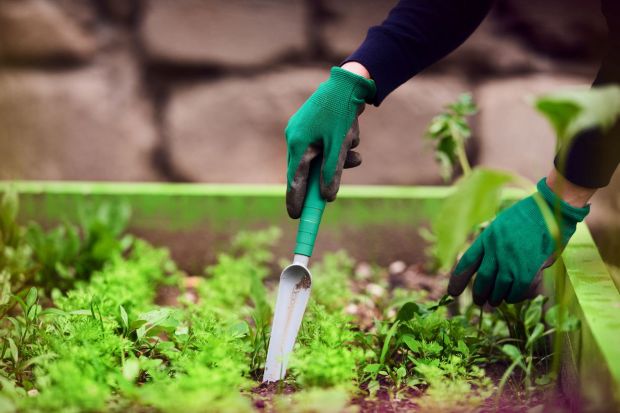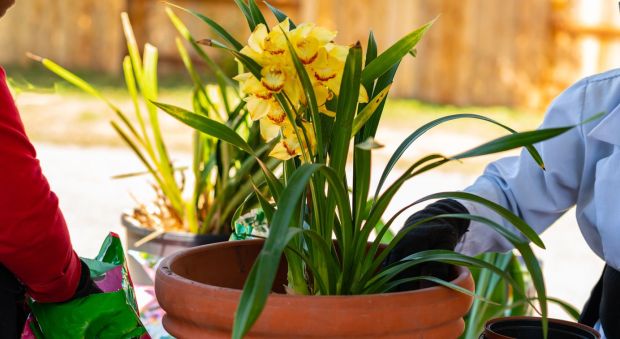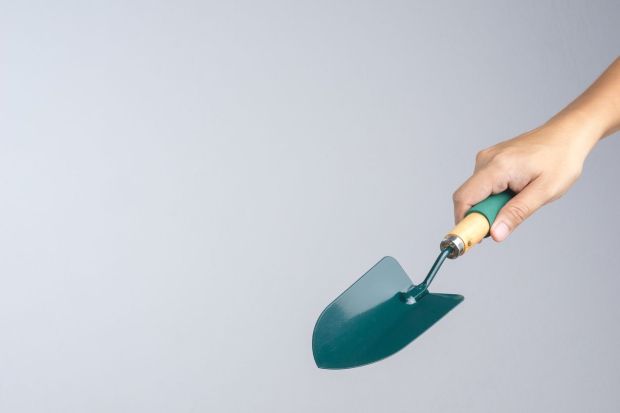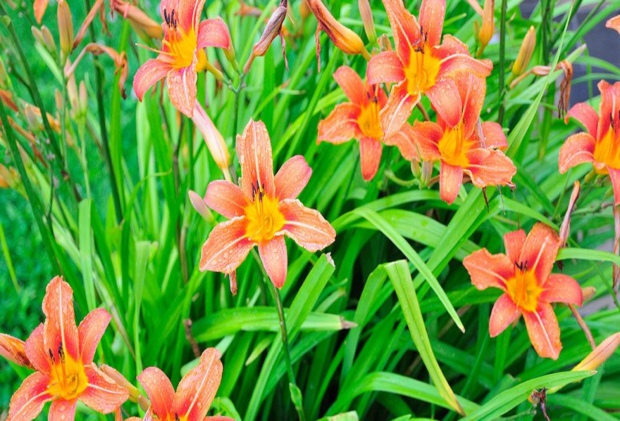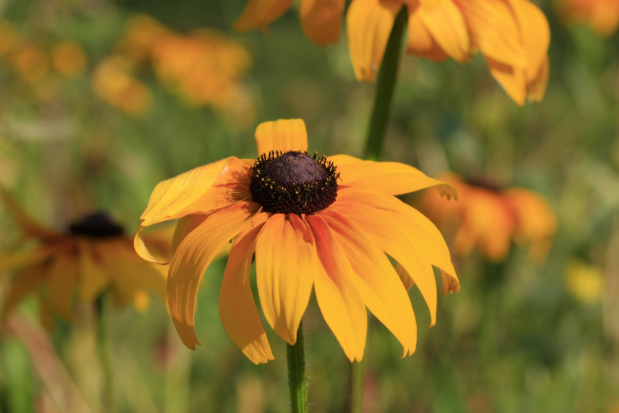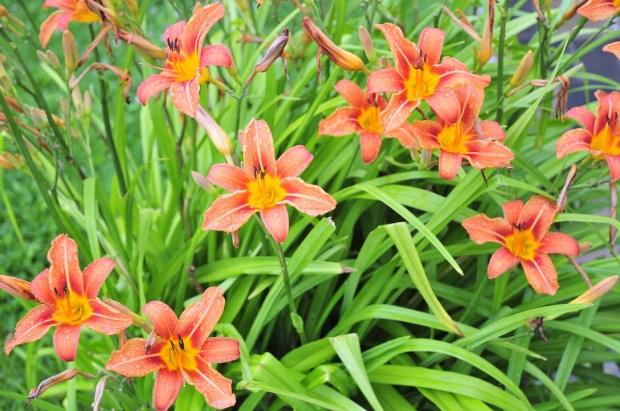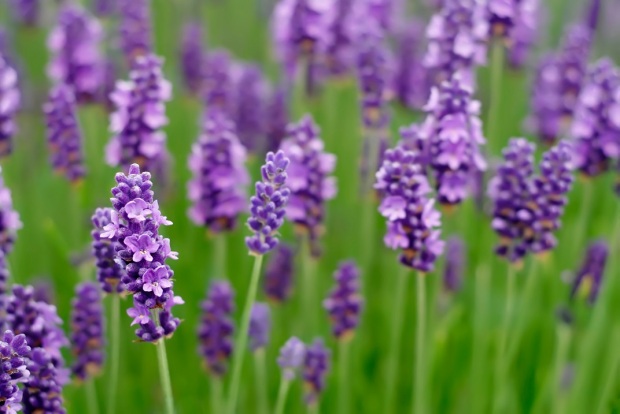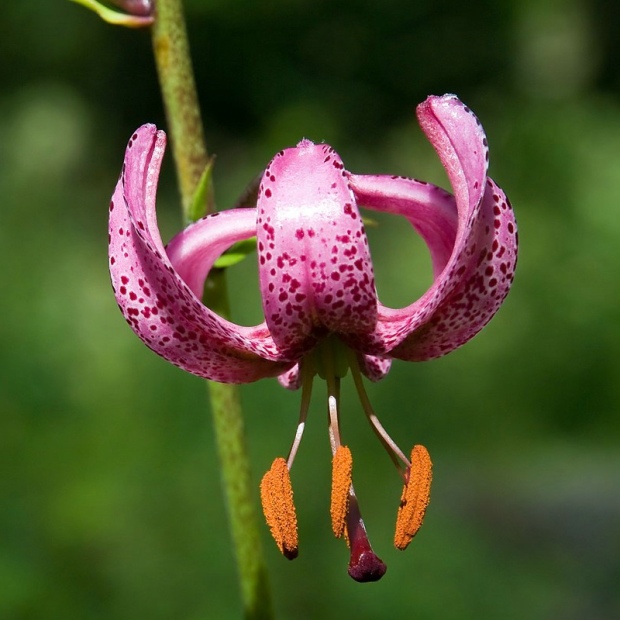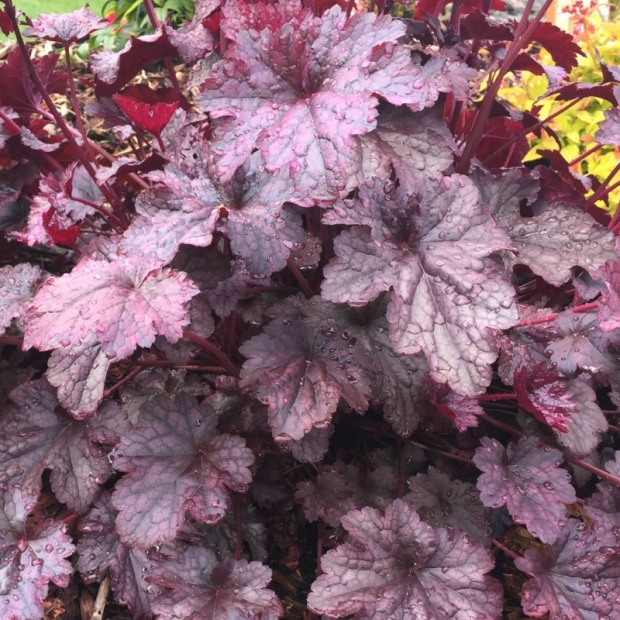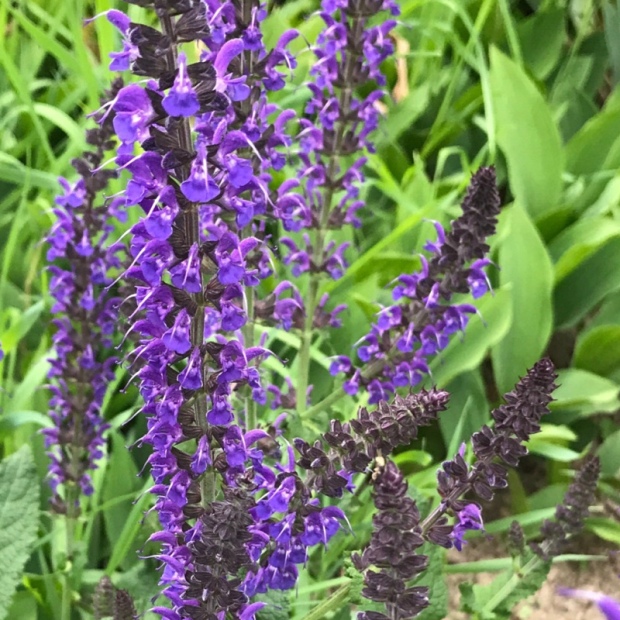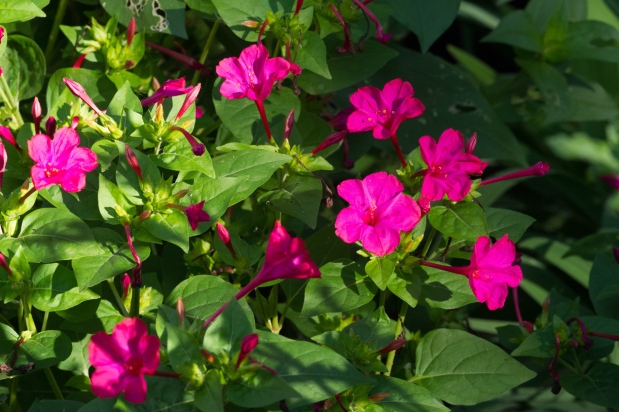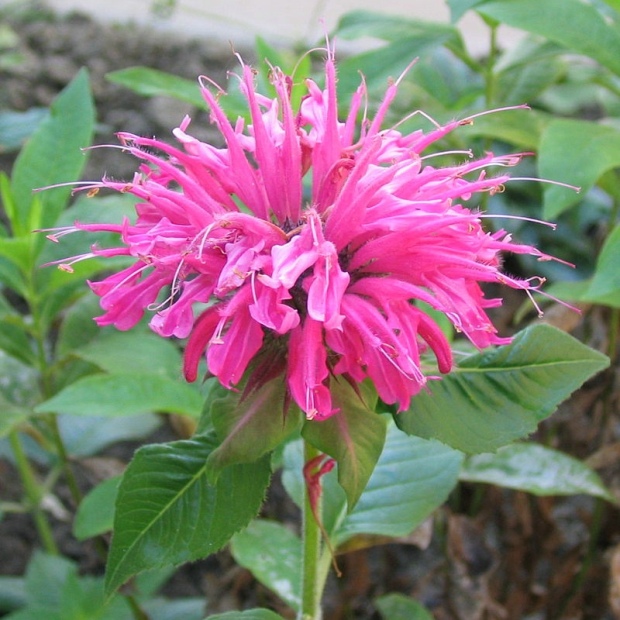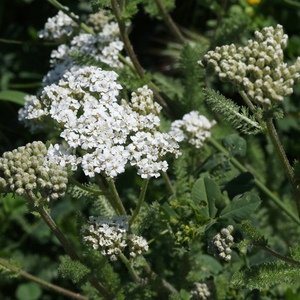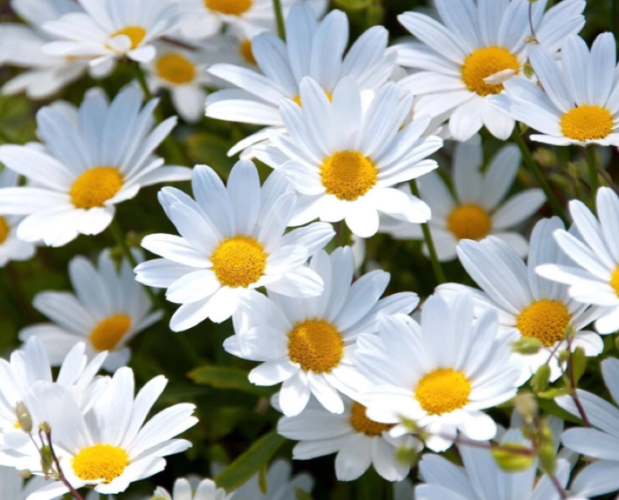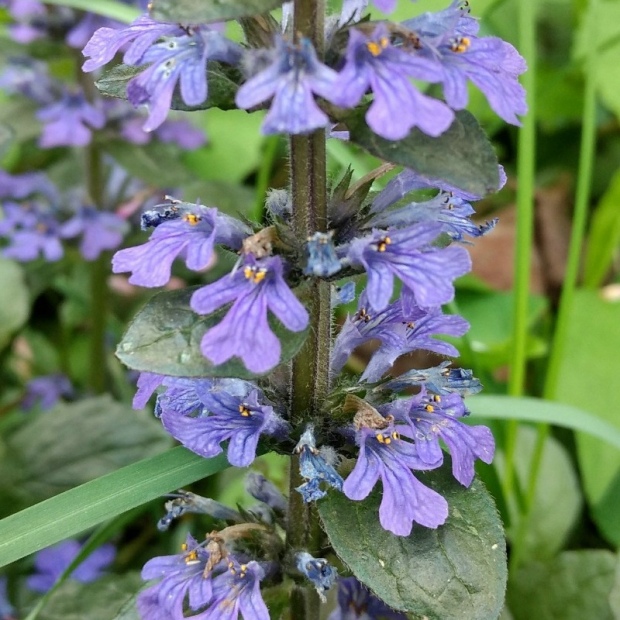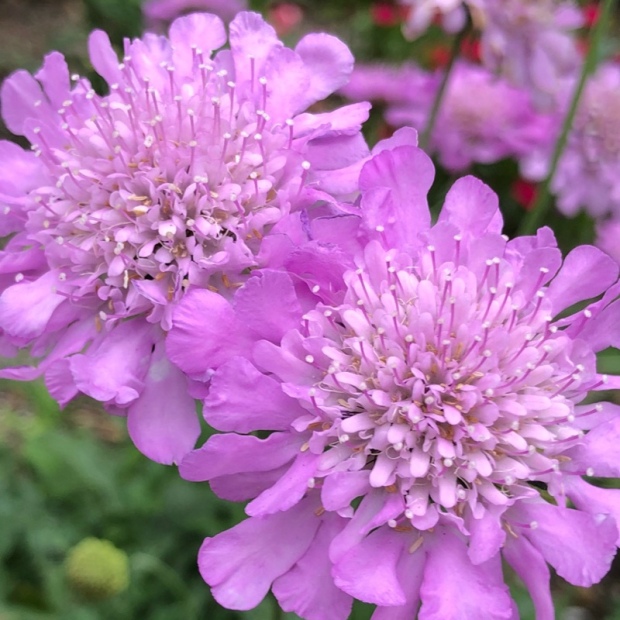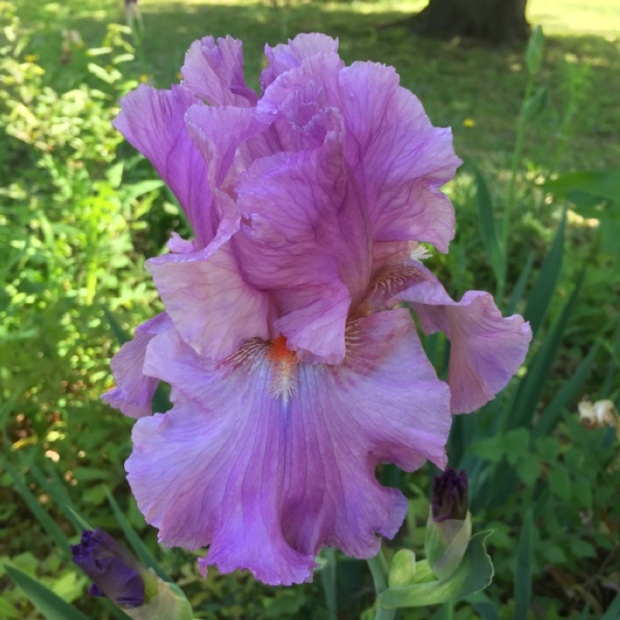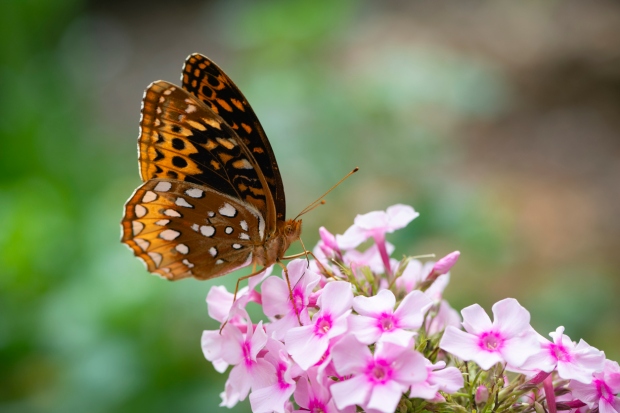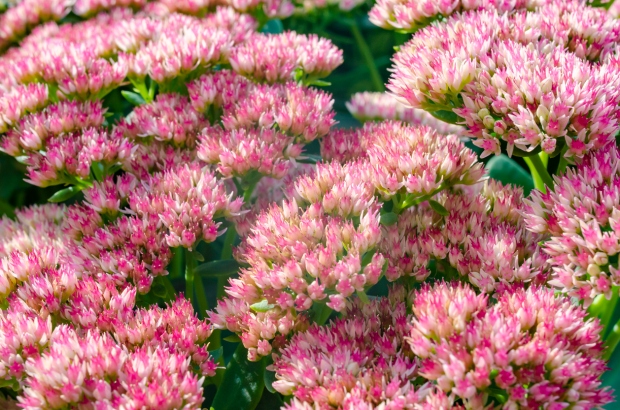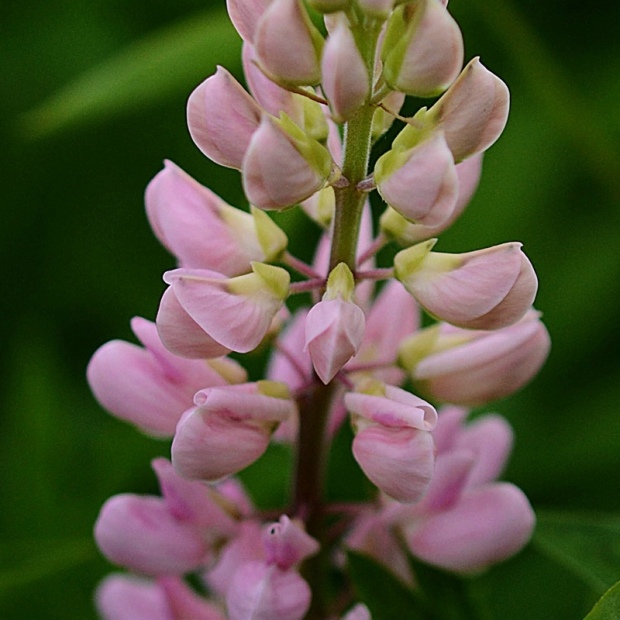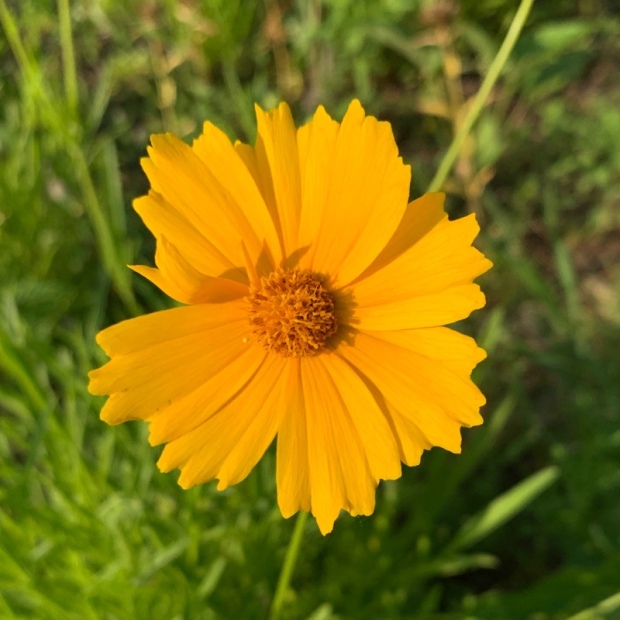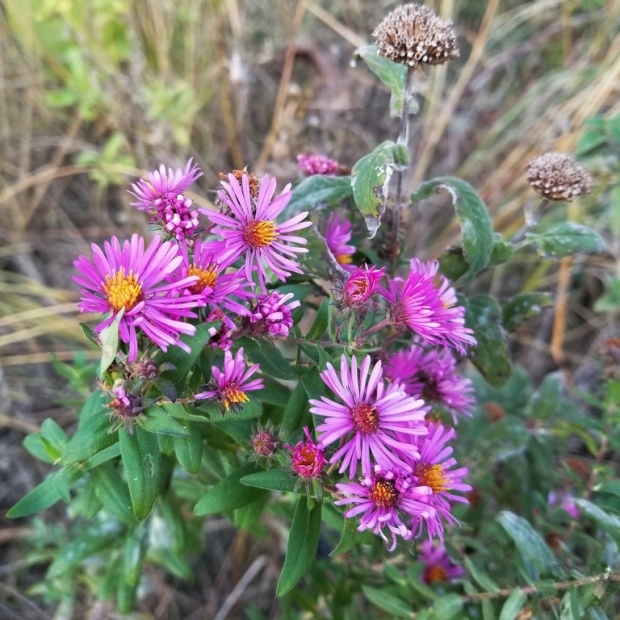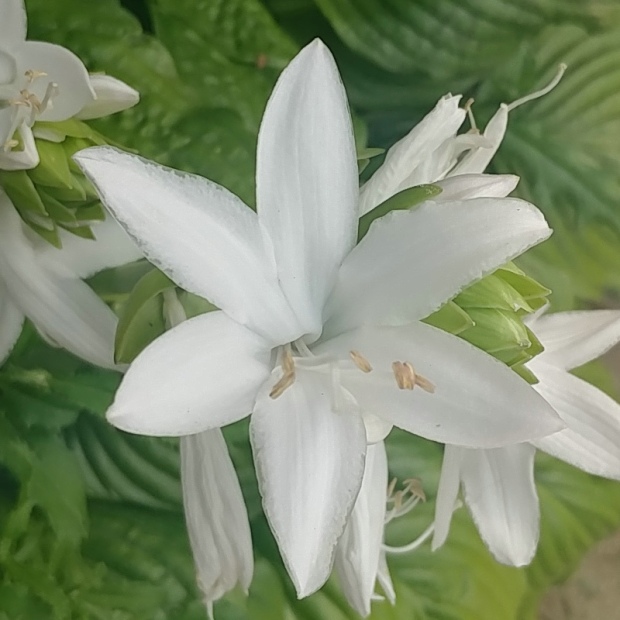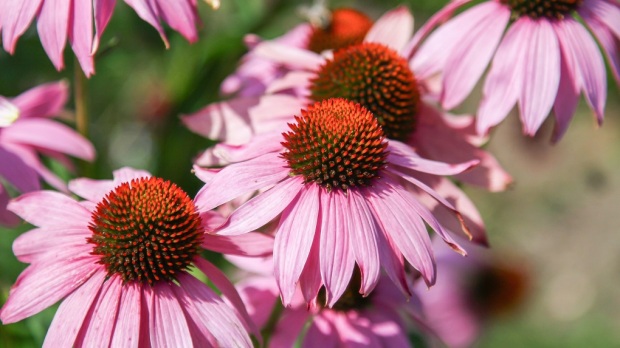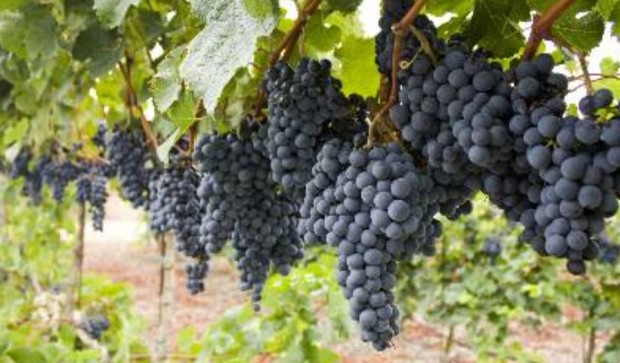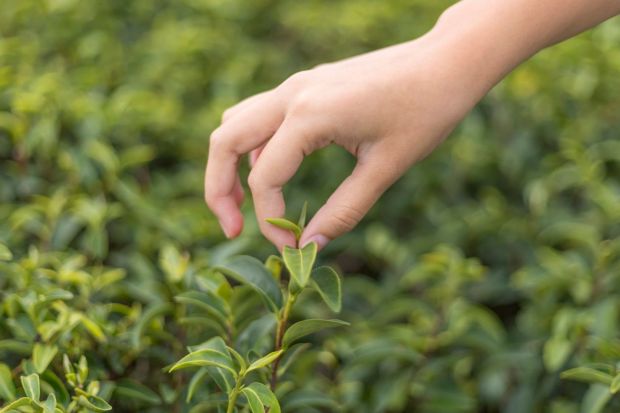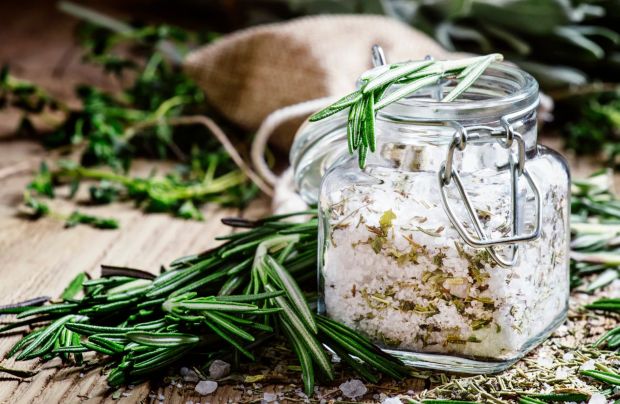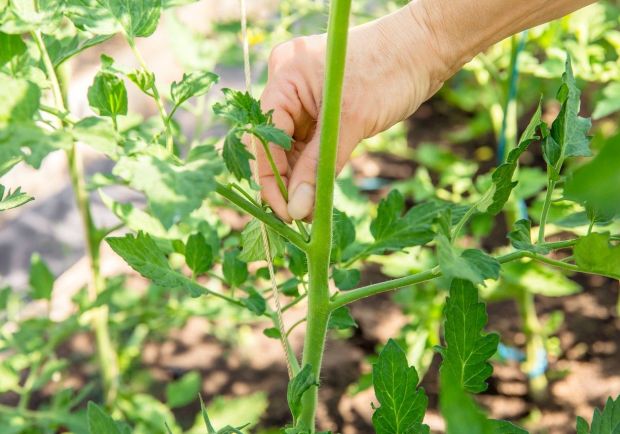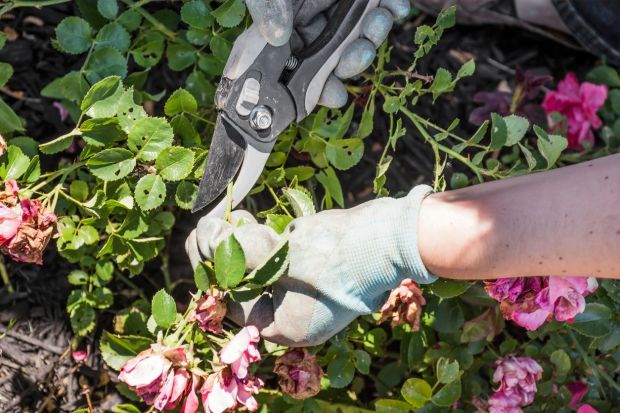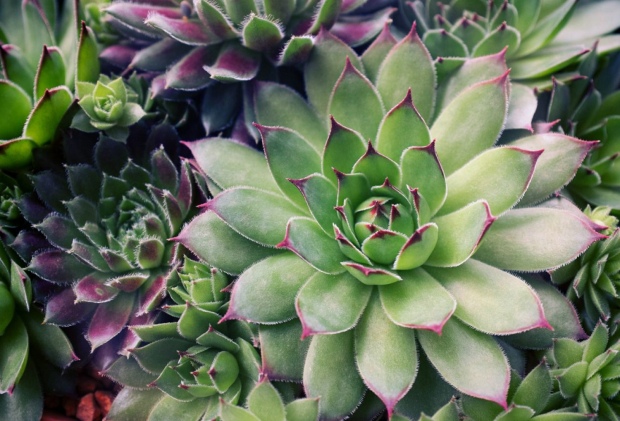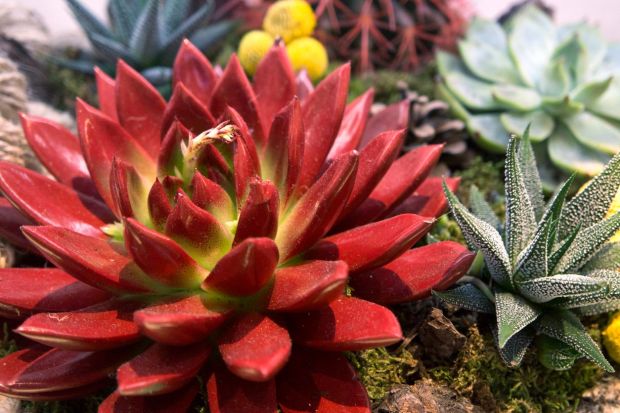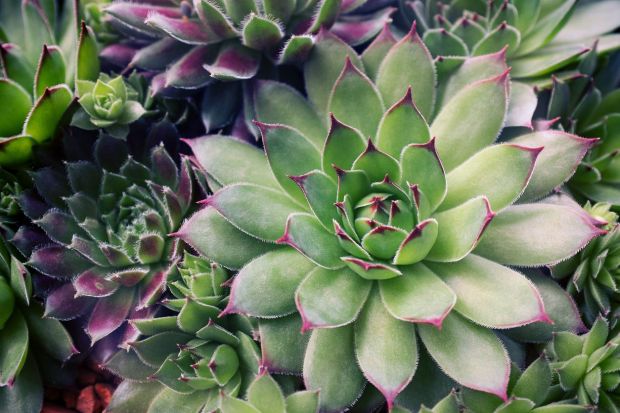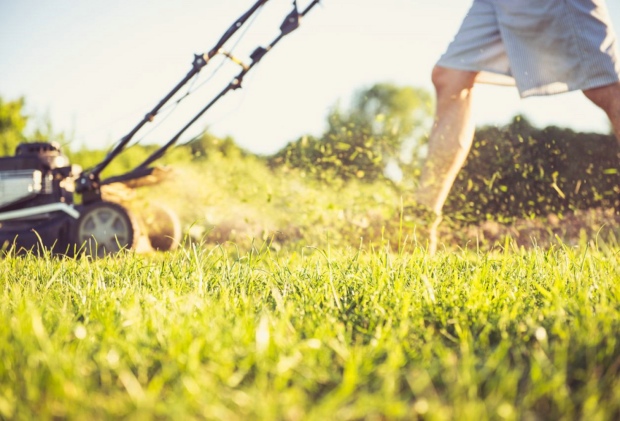
Lawncare 101: Planting and Maintenance
For a lush, green lawn in summer, there are certain maintenance tips that you need to consider. Follow our expert tips to get the best lawn on your street.
How to Plant a Lawn
Choose an Appropriate Lawn Seed
First, choose a proper type of grass seed for your climate. To do this, you need to decide on whether you want annual or perennial grass seed. Annual seed grows quickly and helps establish the lawn. Perennial seed will be more permanent yet grows slower. Both types are usually available in all climates and are often combined together in seed blends.
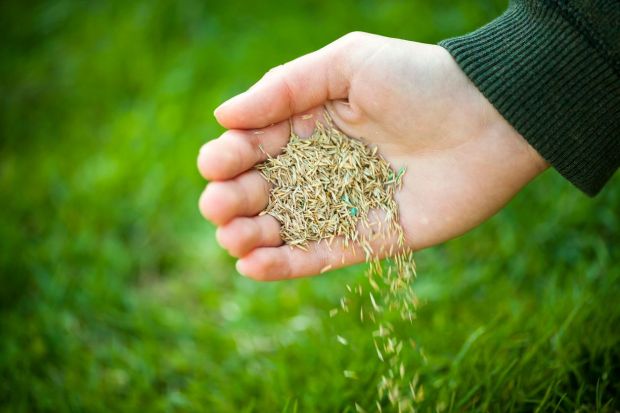
If you live where it snows or where the ground freezes in winter, you’re better off with a mix that contained bluegrass, ryegrass and fescue. In warm or tropical climates, turfgrass is typically Bermuda, Centipede, zoysia, or Bahia grass. Tropical or warm-climate grasses are perennial yet often turn brown in winter (temperatures lower than 40º F).
Clear and Prep Space.
Establishing turf grass requires a clear canvas for the best results. Eliminate weeds, rocks, and debris from the area and amend the soil if necessary with organic matter (compost) or nutrients. Till and rake the soil to create a flat and loose soil texture.
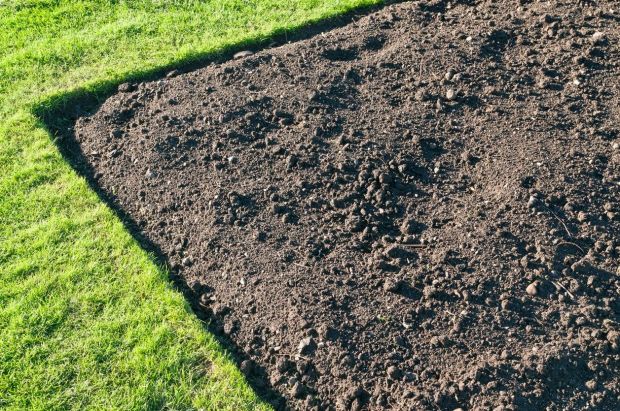
Set Up Irrigation.
If installing an irrigation system yourself, be sure to set sprinkler heads at the proper height and install tubing or risers at the correct depth for your climate and lawn maintenance machinery. However, it is best to hire professionals to install your irrigation system due to the work involved.

Plant and Fertilize.
Depending on your climate and grass choice, you must sow the seed at the proper time or risk the seed not germinating. In cooler climates, bluegrass, ryegrass, and fescue are best sown in early spring or autumn when it is cool. In warmer climates, the more tropical grasses like Bermuda grass, centipede, and zoysia grow better in warm temperatures.
Fertility is dependent on soil acidity, which a soil test can determine. Grass grows best between 6.0 and 7.0 pH. You may need to make adjustments to the soil accordingly based on the results of your soil test. Apply compost or sulfur if your soil is too alkaline (over 7.0pH) or ground limestone if your soil proves to be too acidic (below 6.0 pH).
Use a spreader to apply grass seed and resolve not to broadcast the seed by hand. A spreader will ensure even distribution of seed, resulting in an even, clean-looking lawn without any bare spots. Always opt to sow seed late in the day or on overcast days to reduce the risk of drying out.
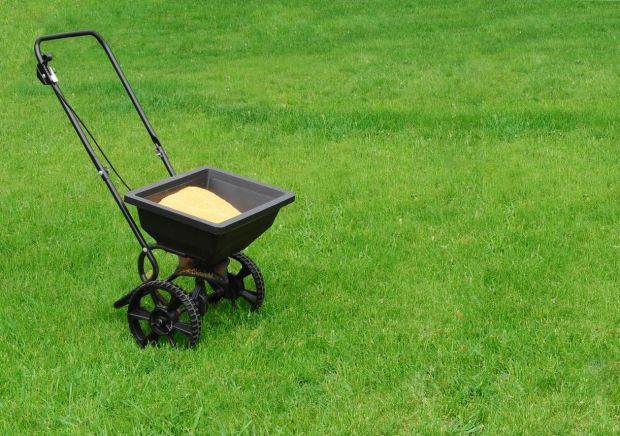
Cover Seed.
Rake a light coating of soil over the distributed seed to ensure that the seed is in contact with the soil. Cover sown seed lightly with a very thin layer of clean (seed-free) straw. You should still be able to see the soil through the thin layer of straw. It functions as a screen to shade the seed, reduce transpiration, and keep the seed from washing away with heavy rain.

Water Often.
Water or mist your newly sown lawn every day if you live in a hot climate. Continue watering until the lawn is at least 3 inches tall. Wait to mow the new lawn until the grass is at least 6 inches tall to encourage good root growth.

5 Tips for Lawn Maintenance
Weed Control
The best way to avoid weeds naturally and organically is to remove any weeds as soon as you spot them. Be sure to dig deep and remove the entire taproot. Save chemical treatments as a last resort. Some people choose to embrace noninvasive weeds, such as clover, as an alternative lawn.
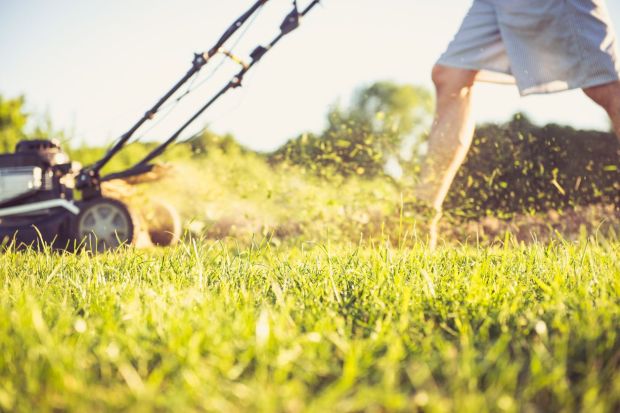
Thatch and Aerate Annually
Take a lesson from turf managers at golf courses – thatch and aerate your lawn at least once a year. Grass grows quickly, and it spreads by forming from runners (rhizomes). Eventually, a lawn can grow too dense and thick, essentially choking itself out from nutrients. Golf courses remove about 1/4 of their grounds annually with a plug machine, but you can aerate your home lawn any number of ways.
Begin by thatching in early spring with a thatching rake to remove any dead growth. This process will invigorate the grass to begin growing again and reduce any suffocating material that might block sunlight and cause disease. Other methods for aerating include wearing aerator shoes, investing in a manual lawn aerator tool, or using a garden fork pressed into the ground every few inches.
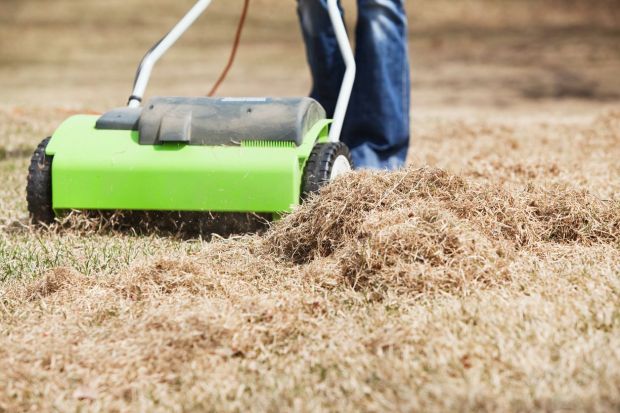
Mow Appropriately
Perhaps the easiest way to ensure a lush green lawn is to mow it regularly and efficiently. Be sure to check the blades on your mower frequently to ensure that they are sharp and well oiled. It’s good practice to clean them off after each mow, regardless if you use a manual push mower or a fuel-powered one.
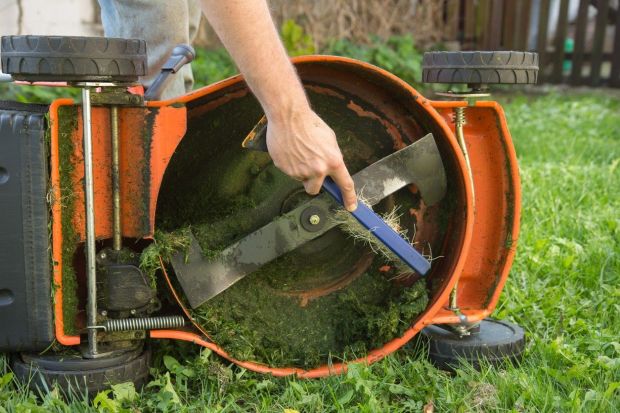
Water and Fertilize
Most lawn aficionados over-fertilize their lawns unnecessarily. If you choose to apply fertilizer, always measure accurately and use a mechanical spreader to ensure even coverage. If you plan to use a soil amendment, make sure to apply it at the proper time, such as on overcast days, in the evening, and preferably before rain is expected.
Watering properly is essential. Always soak for at least an hour or more rather than watering in random, light sprinklings so that grass can build deep root systems and thus be able to withstand an unexpected drought. However, too much water can also be a problem as it will encourage fungal growth. Always water early in the day so that water can evaporate, which keeps the foliage dry at night.
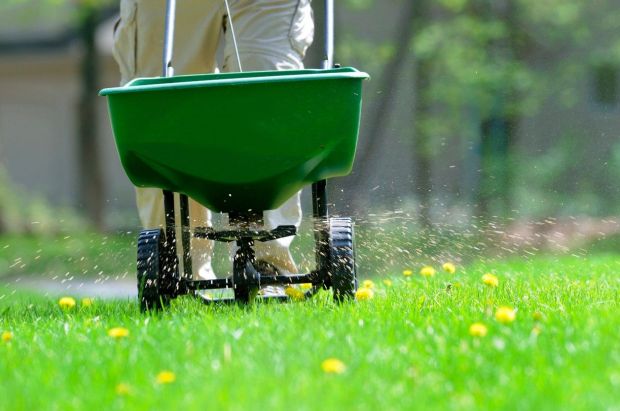
Consider New Environmentally Sound Alternatives
Monoculture lawns and lawncare that rely on pesticides and chemicals are under close scrutiny. There are many alternatives to create a beautiful lawn without creating a negative environmental impact. Innovations are now available ranging from non-grass lawn alternatives (clover sod) to electric mowers. Anyone can take steps to a more environmentally friendly lawn. Mulching mowers or hand-propelled mowers are an easy switch, and the natural clippings that fall will often provide enough nutrients for a healthy lawn for you, your family, and pets.


